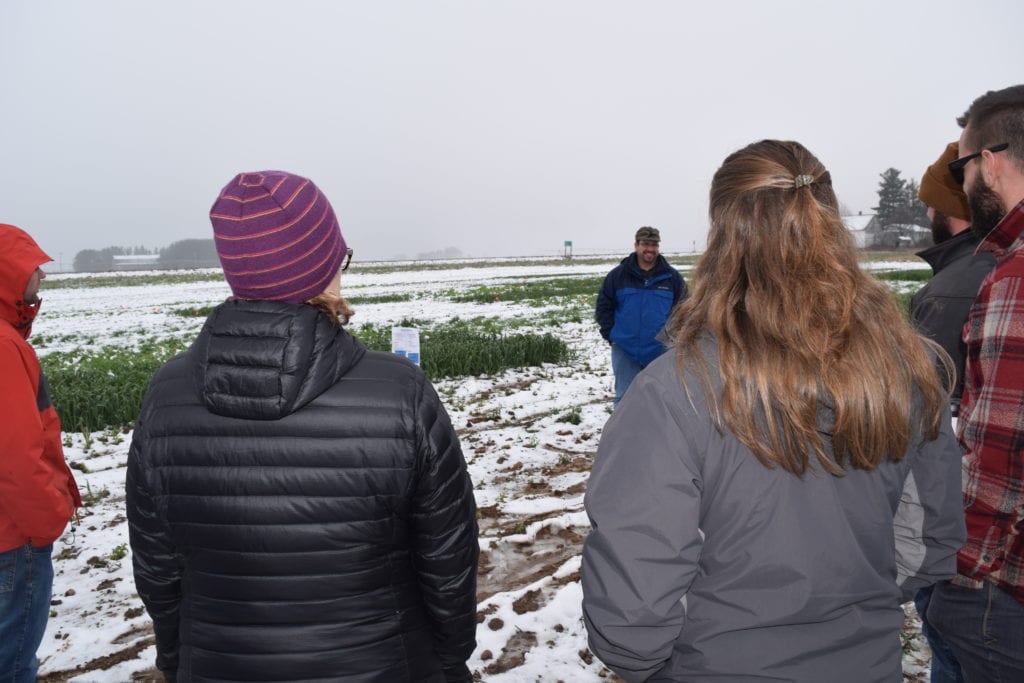
AgSource Laboratories holds Antigo Flats Field Day discussing cover crops, drones, fertility and more
Your soil is your greatest resource, and managing your soil through use of cover crops can bring the benefits of better soil health, economic returns and help to meet environmental goals.
Including cover crops in your cash crop operation can make sense over the long haul.
“One of the long-term benefits to cover cropping is improved moisture availability through better infiltration and retention of water,” says Dr. Jim Friedericks, AgSource Laboratories outreach and education advisor.
“This means crops will be better able to withstand short dry spells, leading to more stable yields,” he adds.
AgSource Laboratories held an Antigo Flats Fall Field Day, November 2, at the Langlade County Airport in Antigo, Wisconsin. Cover crop variety trials conducted by AgSource Laboratories and the University of Wisconsin Extension were a main topic of discussion.
Other subjects included a phosphorous fertilizer and product trial, phosphorous runoff, agricultural drone applications and an ongoing watershed project related to runoff events.
All topics are interrelated, because a combination of planting cover crops, using high-efficiency phosphorous inputs, increasing organic matter in the soil, using fertility programs, planting buffer strips between and around fields, and using edge-of-field, drone and in-stream monitoring equipment can help reduce phosphorous runoff into lakes and rivers.


